National Book Awards Finalist

FICTION
“Dark at the Crossing” by Elliot Ackerman (Knopf)
“The Leavers” by Lisa Ko (Algonquin Books)
“Pachinko” by Min Jin Lee (Grand Central Publishing)
“Her Body and Other Parties: Stories” by Carmen Maria Machado (Graywolf Press)
“Sing, Unburied, Sing” by Jesmyn Ward (Scribner)
NONFICTION
“Never Caught: The Washingtons’ Relentless Pursuit of Their Runaway Slave, Ona Judge” by Erica Armstrong Dunbar (37 Ink)
“The Evangelicals: The Struggle to Shape America” by Frances FitzGerald(Simon & Schuster)
“The Future Is History: How Totalitarianism Reclaimed Russia” by MashaGessen (Riverhead)
“Killers of the Flower Moon: The Osage Murders and the Birth of the FBI” by David Grann (Doubleday)
“Democracy in Chains: The Deep History of the Radical Right’s Stealth Plan for America” by Nancy MacLean (Viking)
POETRY
“Half-Light: Collected Poems 1965-2016” by Frank Bidart (Farrar, Straus and Giroux)
“The Book of Endings” by Leslie Harrison (University of Akron Press)
“Whereas” by Layli Long Soldier (Graywolf Press)
“In the Language of My Captor” by Shane McCrae (Wesleyan University Press)
“Don’t Call Us Dead: Poems” by Danez Smith (Graywolf Press)
YOUNG PEOPLES LITERATURE
“What Girls Are Made Of” by Elana K. Arnold (Carolrhoda Lab)
“Far From the Tree” by Robin Benway (HarperTeen)
“I Am Not Your Perfect Mexican Daughter” by Erika L. Sánchez (Alfred A. Knopf Books for Young Readers)
“Clayton Byrd Goes Underground” by Rita Williams-Garcia (Amistad)
American Street” by Ibi Zoboi (Balzer + Bray)
See the long lists in young people’s literature, poetry, nonfiction and fiction.
The fundraising gala where the winners will be announced takes place Nov. 15 in New York.
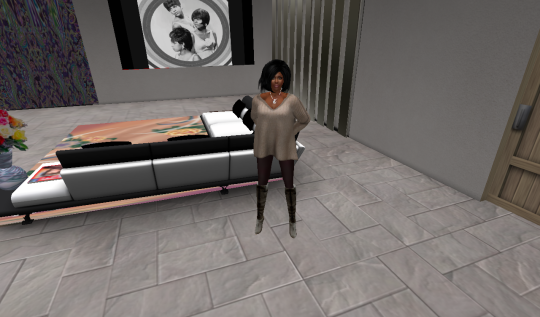

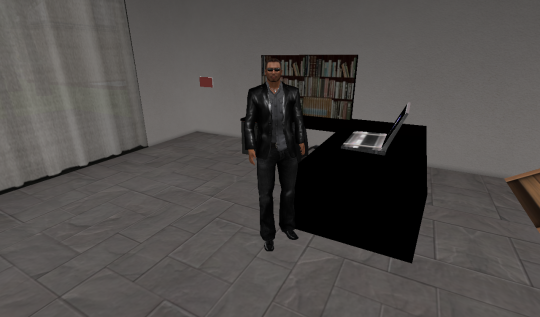
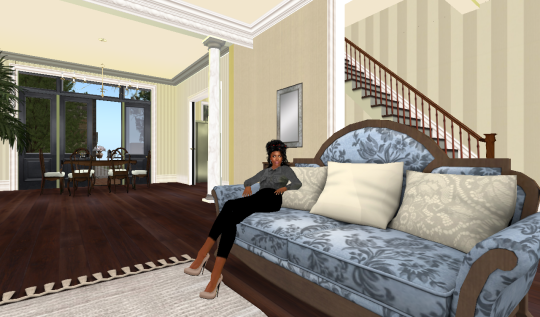


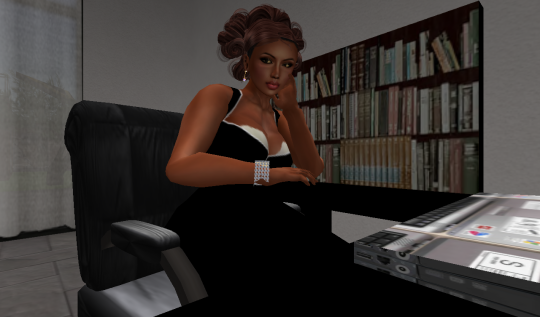
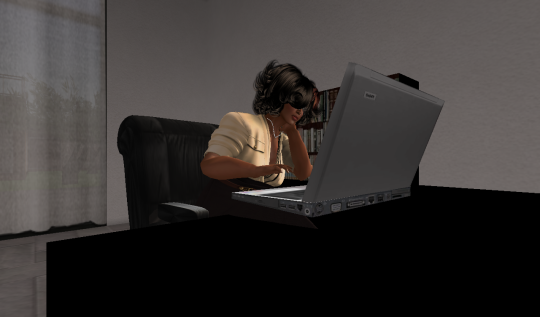
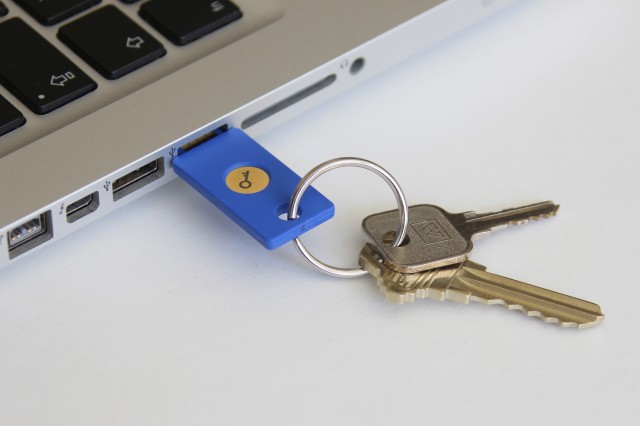
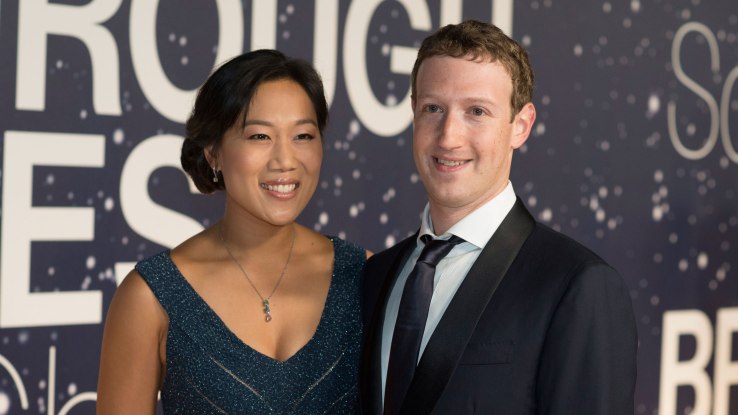
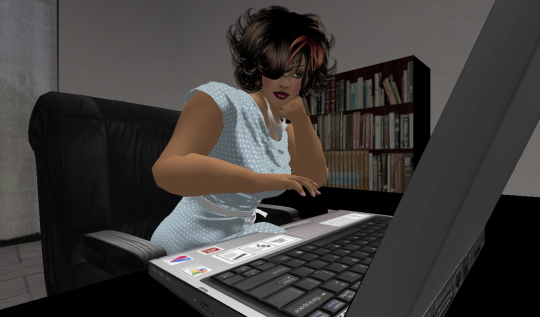

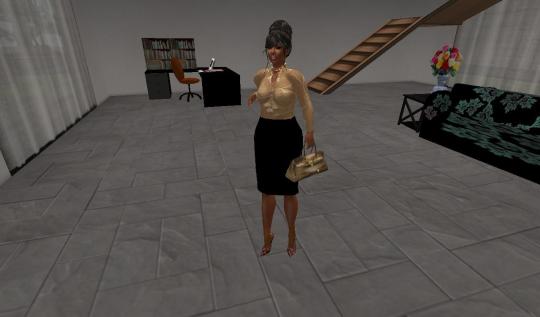
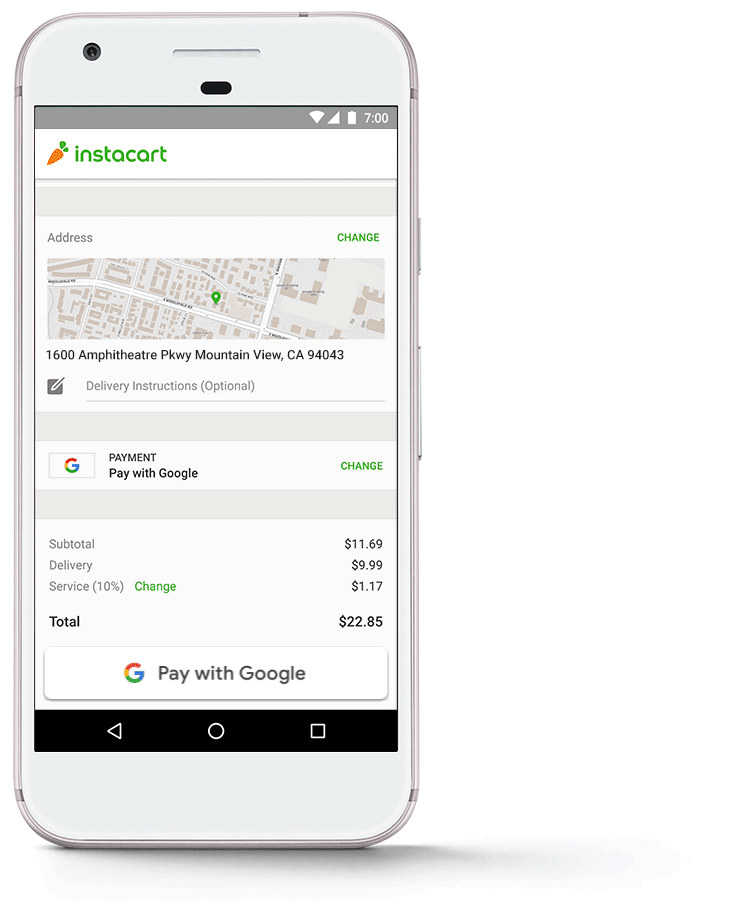
 Delivering to a backyard in rural Australia.
Delivering to a backyard in rural Australia.






/cdn.vox-cdn.com/uploads/chorus_asset/file/9453141/Carousel8_600x400.jpg)
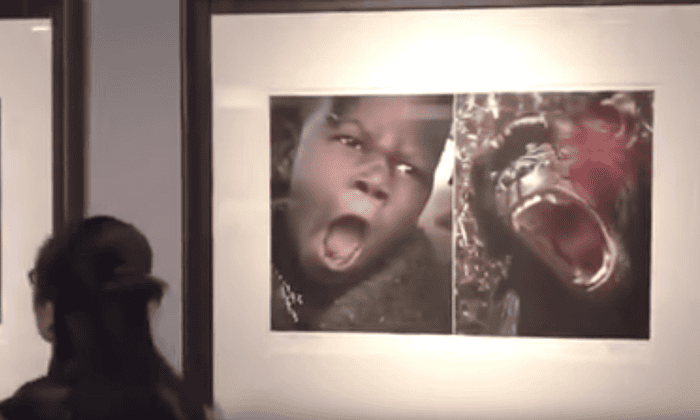





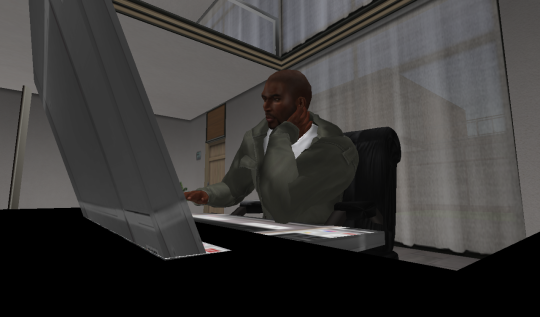
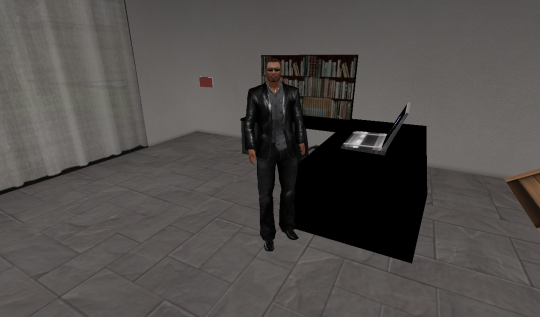


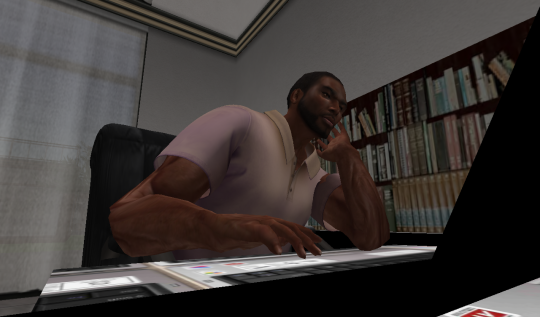






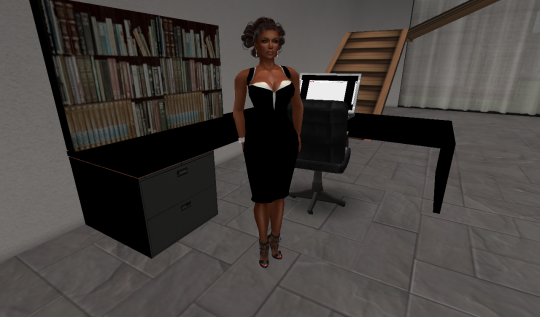





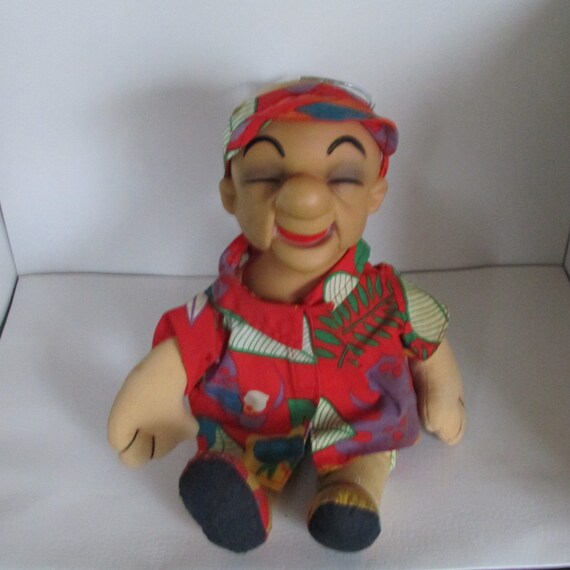


You must be logged in to post a comment.